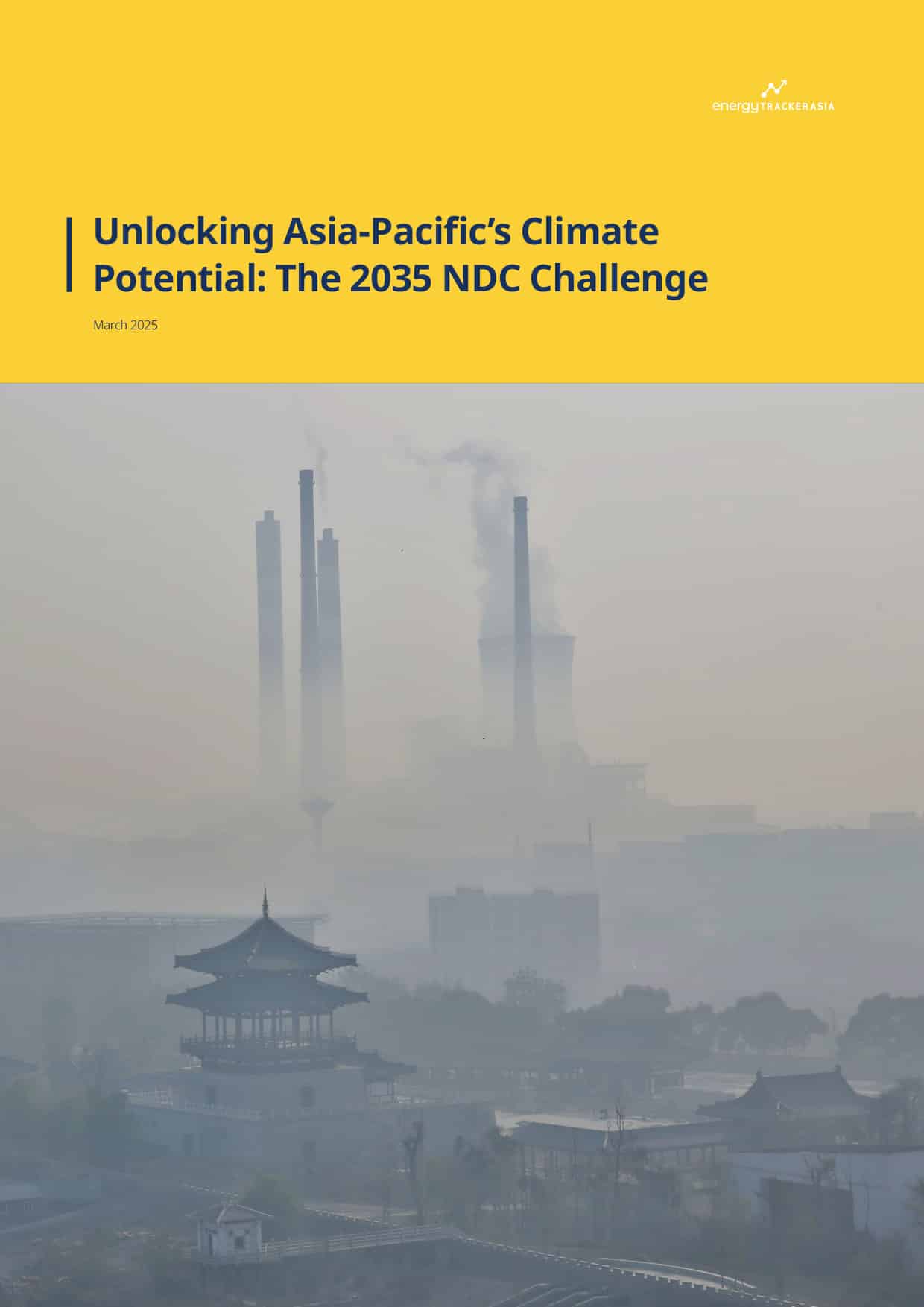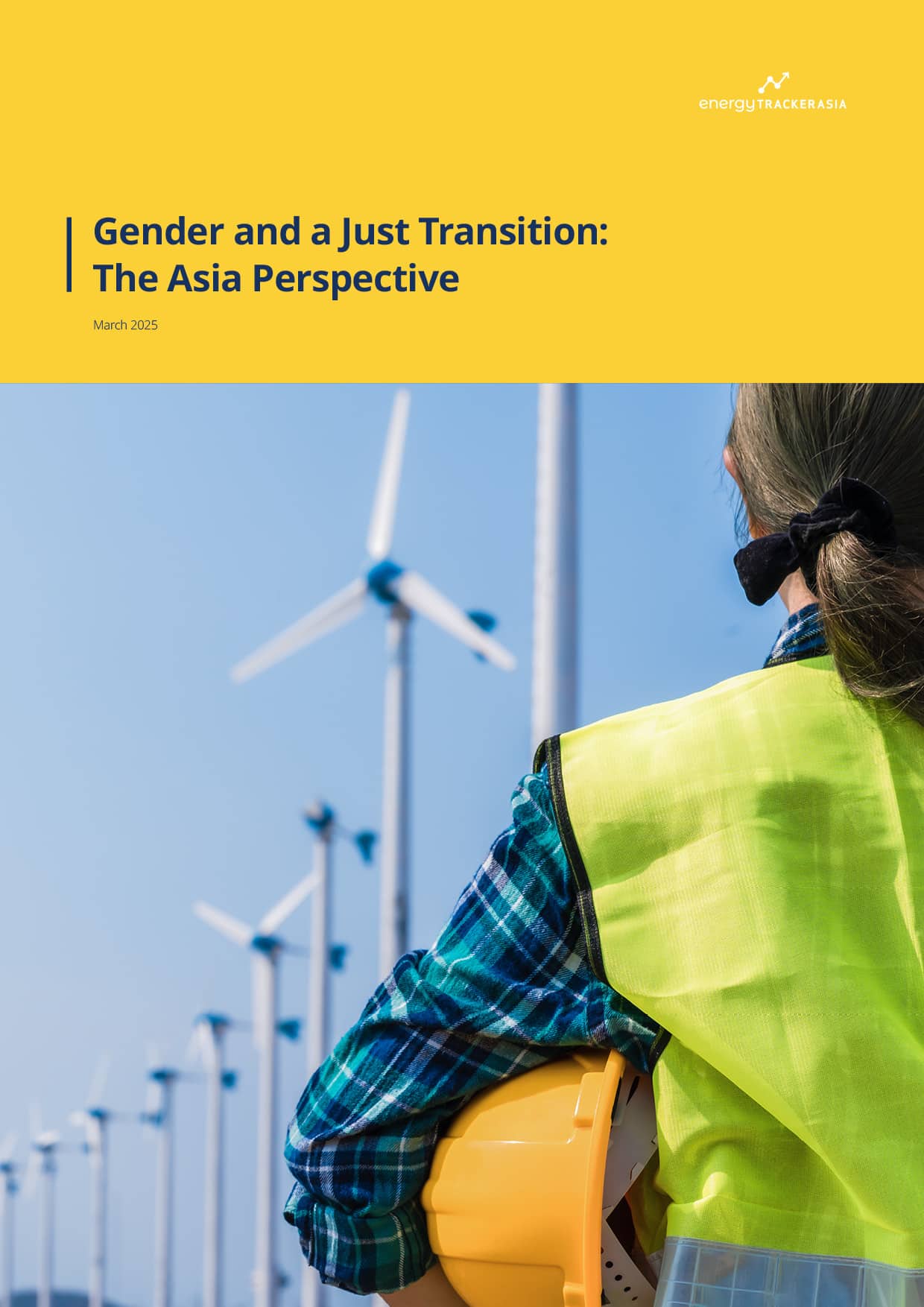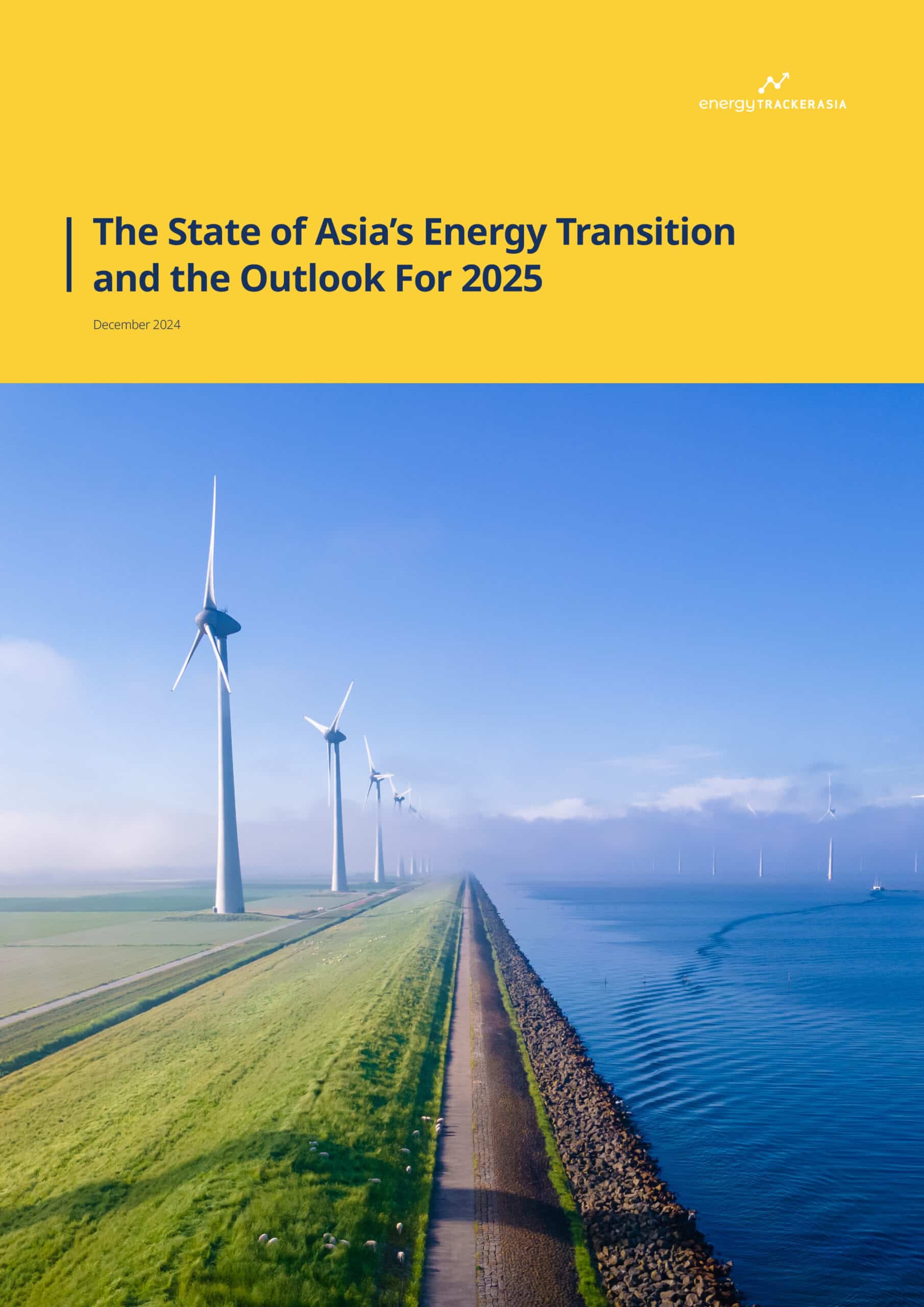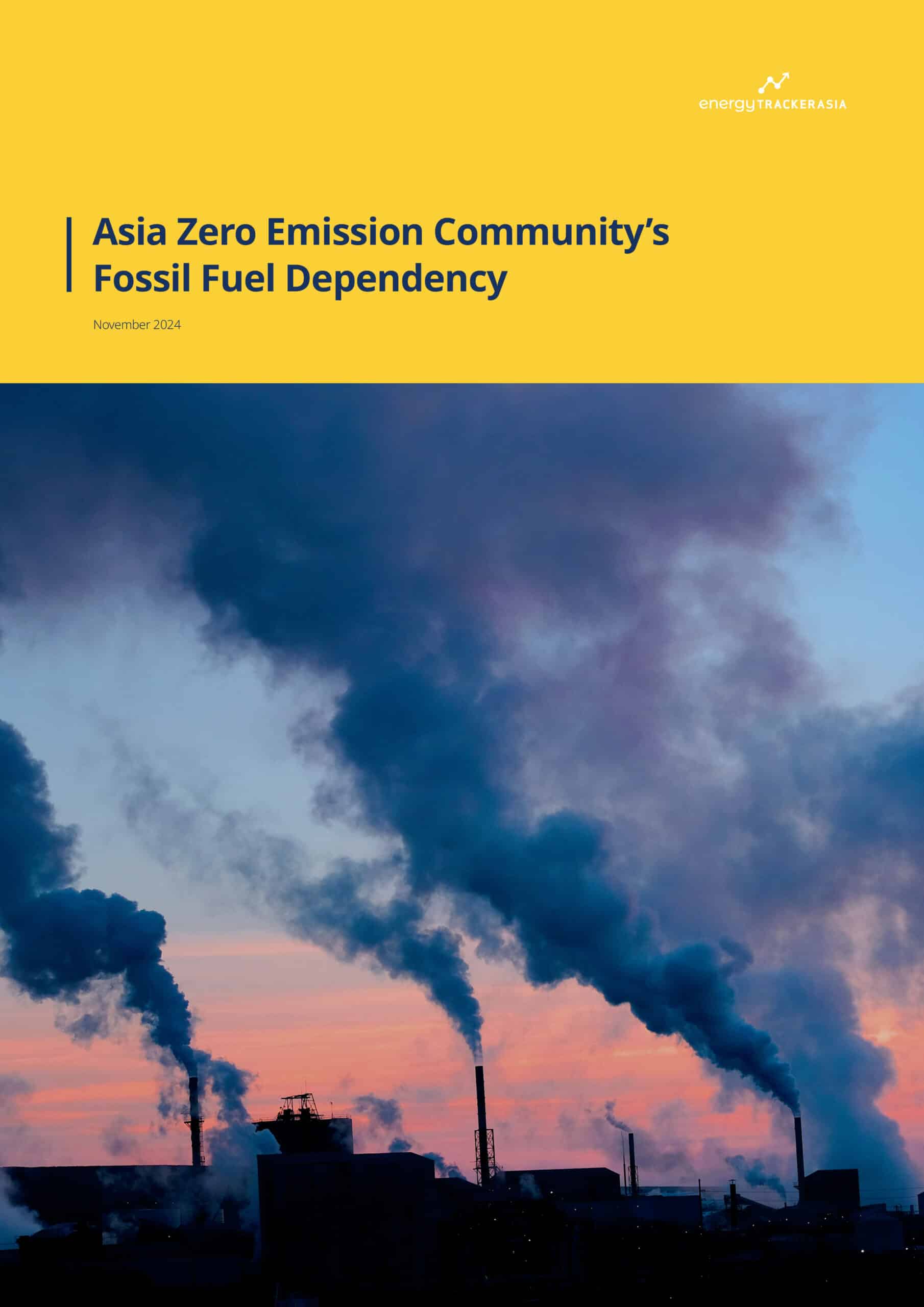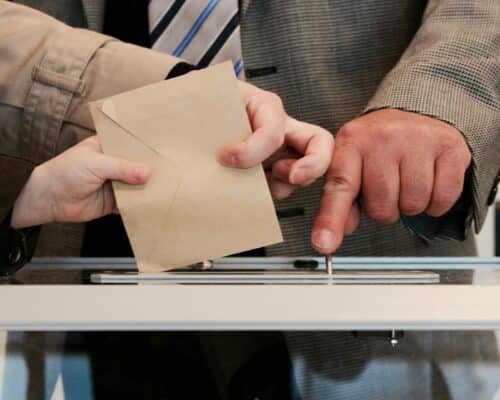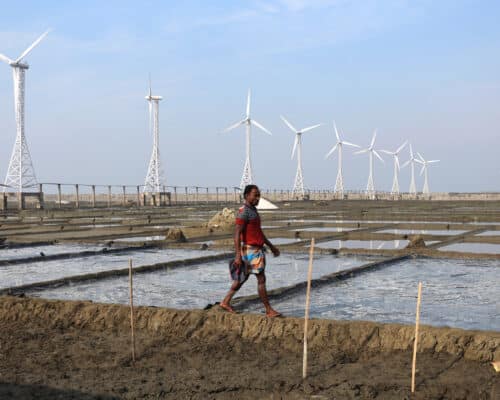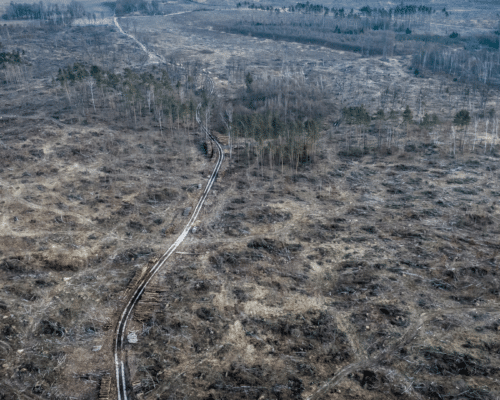Japan’s Fossil Fuel Strategy Fueling Poverty in Bangladesh [Op-Ed]
Photo: Shutterstock / Rashedul Karim
11 February 2025 – by Ashraful Islam Raana
Despite severe foreign currency shortages and increasing economic risks, Bangladesh is pushing forward with reckless investment plans in its import-dependent energy sector. Industrialised Japan, a leading power in East Asia, is directly implementing these plans. This is happening despite Bangladesh’s vast potential for sustainable and easily accessible energy sources like solar power, which continue to be overlooked in national planning.
The pressure of importing high-cost fuel has already led to instability in Bangladesh’s daily life. As a low-income country, many citizens have lost their purchasing power and fallen below the poverty line, with experts warning that many more are at risk. This crisis has been exacerbated by repeated energy price hikes over the past decade as the government struggles to manage financial pressures.
The energy crisis and rising costs have also severely impacted Bangladesh’s export-oriented RMG industry. Numerous factories have shut down, leaving thousands of workers unemployed. Meanwhile, many power plants remain idle due to gas shortages, yet the government continues to pay high capacity charges. As a result, domestic and foreign debt is rapidly increasing, pushing the country toward a dangerous financial situation.
Bangladesh has become a prime example in the 21st century of how a developing nation can fall into a deep economic trap by prioritising Japan’s policies and business interests over its long-term stability.
Japan: A Top Global LNG & Coal Investor
Despite Japan’s repeated commitments to expanding renewable energy globally, tangible evidence of such efforts remains minimal. A report published by Oil Change International in November 2023 states:
“The Japanese government is the world’s second-largest provider of international public finance for fossil fuels, spending at least USD 6.9 billion on oil, gas, and coal projects annually from 2020 to 2022. Besides, Japan is the world’s largest provider of international public finance for gas, providing $4.3 billion annually on average from 2020 to 2022. Japan is also the world’s largest provider of international public finance for LNG export capacity.”
The report further highlights that the Japanese government has actively encouraged Asian countries, including the Philippines, Indonesia, and Bangladesh, to import LNG, construct new fossil gas power plants, and adopt hydrogen and ammonia co-firing and carbon capture and storage (CCS) technologies.
Bangladesh: An Easy Target
Japan is widely recognised as Bangladesh’s largest development partner. Since Bangladesh’s independence, Japan’s multinational development agency, JICA, has played a significant role in shaping the country’s infrastructure, providing policy guidance, loans, and contractor support for mega projects such as roads, bridges, and railways.
Following this trend, Japan quickly took control of Bangladesh’s power and energy sector. After 2005, JICA and various Japanese companies directly implemented their policies by drafting four master plans for Bangladesh’s power sector.
According to 2023 data from Bangladesh Bank and the Export Promotion Bureau (EPB), nearly 350 Japanese companies operate in Bangladesh, with a combined investment exceeding $380 million. The largest share of this investment has been in the power and energy sector. In 2022 alone, Japan invested more than $100 million in Bangladesh, a record high, as the number of Japanese companies in the country quadrupled over the past decade.
Japan’s most significant investment in Bangladesh’s power sector is the 1,200 MW Matarbari coal-fired power plant, which JICA financed at a staggering cost of $6 billion. This plant is considered one of the most expensive power projects in the world and has sparked widespread controversy in Bangladesh.
Japan owns two of Bangladesh’s largest LNG-fired power plants: the Unique Meghnaghat (718 MW) plant, financed by a $265 million Japan Bank for International Cooperation-JBIC loan, and the 745 MW JERA Meghnaghat plant. Both remain idle due to LNG shortages, as the government lacks funds to purchase LNG, yet capacity payments continue.
Japan’s most strategic investment approach in Bangladesh is through Summit Power International (SPI). Although SPI was founded by Bangladeshi influential businessman Muhammad Aziz Khan, 22% of its ownership is controlled by Japan’s JERA.SPI is Bangladesh’s most influential and dominant private power investor. It accounts for 17% of Bangladesh’s total private installed capacity and 7% of its installed power capacity.
Additionally, Summit operates Bangladesh’s second LNG terminal, with a handling capacity of 500 mmcf/d. In 2023, Summit and JERA jointly announced a $2 billion investment in LNG infrastructure in Bangladesh.
Meanwhile, a 2022 report by Australia-based Market Forces and three other organisations revealed that Japanese and U.S. firms have proposed building 20 GW of LNG and coal-based power plants in Chattogram—accounting for two-thirds of Bangladesh’s planned fossil fuel capacity expansion.
According to the report, implementing this plan would require $8.4 billion for LNG imports alone by 2030. Additionally, constructing the power plants would cost $18 billion, six times Bangladesh’s 2022 climate budget—posing serious economic and environmental risks.
Japan’s Plans Causing Instability in Energy Prices
High inflation has become a harsh reality in Bangladesh, with lower and middle-income citizens struggling to afford essential goods. Experts attribute this crisis mainly to import-dependent fossil fuel-based power plants. Since Japan is deeply involved in Bangladesh’s power master plan, it also shares responsibility for the current situation, according to analysts.
After 2018, the rising costs of expensive LNG and coal imports put increasing pressure on Bangladesh’s central bank reserves. By 2022, the situation reached a critical level, causing a 35% decline in reserves within just one year. That same year, one-third of the country’s power plants had to shut down due to fuel shortages.
Before LNG was introduced in 2018, Petrobangla was a self-sufficient entity. However, it is now forced to take loans from the International Islamic Trade Finance Corporation (ITFC) to purchase LNG. Meanwhile, according to government and private data estimates, over $10 billion has been paid in capacity payments to power plants in the past decade.
Additionally, compared to 2009, electricity generation costs have surged by 330%, Gas prices have increased by over 400% due to LNG imports, and losses in the power sector have skyrocketed by 1,300%. As a result, commodity prices have hit record highs, further worsening the financial burden on Bangladesh’s citizens.
Even More Risky Plans in the National Power Master Plan
Despite widespread controversy, in 2023, the Bangladesh government finalised the Japan-formulated Integrated Energy and Power Master Plan (IEPMP). This new master plan heavily prioritises fossil fuels. By 2050, the country’s power generation capacity is targeted to reach 111,600 MW, with 27% (or 29,300 MW) planned to come from LNG or natural gas, despite the nation already struggling with severe gas shortages.
Additionally, the plan emphasises increased power generation from imported coal and proposes large-scale power generation from unconventional sources like hydrogen and ammonia co-firing. However, Bangladeshi experts have strongly opposed these plans. Environmental activists and experts across various sectors have demanded a revision of the IEPMP, warning that its implementation will exacerbate climate risks and economic instability in Bangladesh.
Experts call for the IEPMP to be cancelled or revised to prioritise renewable energy. According to a report by Bangladesh’s Sustainable and Renewable Energy Development Authority (SREDA), the country has the potential to generate 30 GW of solar power by 2041. SREDA also estimates that Bangladesh could generate 5 GW of onshore and offshore wind power by 2030.
Ashraful Islam Raana is an independent journalist based in Dhaka, with eight years of experience reporting on energy, climate, migration and labour rights.
Disclaimer: The views and opinions expressed in this article are those of the author and do not necessarily reflect the official policy or position of Energy Tracker Asia.
